Why indie horror movie Curse of the Sin Eater looks like a blockbuster
How Blackmagic Design empowers new filmmakers.
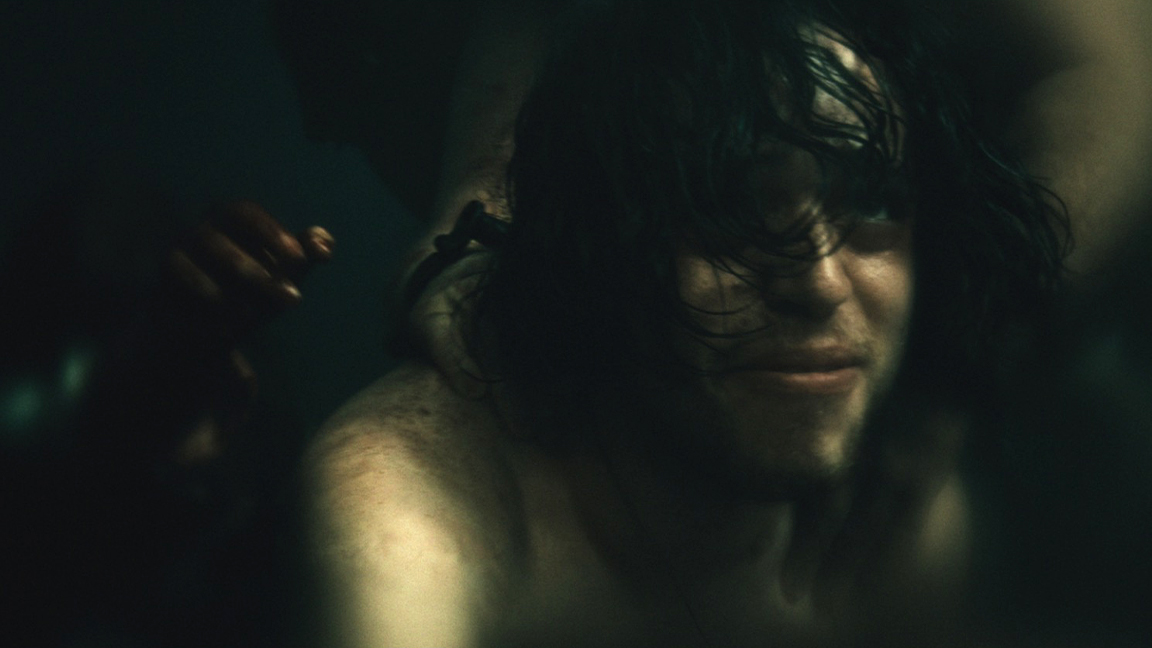
There are video and filmmaking tools that can take the horror out of making a hit movie, as crafting a film is both a daunting and laborious task. Ask any filmmaker, and especially an indie creator, like director Justin Denton, who’s new horror flick Curse of the Sin Eater was just released on Amazon Prime Video, and made possible by Blackmagic Design's software.
Creating 90 minutes of perfection is not easy. So you can understand why filmmakers are always looking for the best workflow that the tech world can offer. “I’ve been in the film industry for over 20 years on major television productions and $200M+ features,” says Denton. He told us that for this production “DaVinci Resolve was our hub for the film. We used the same Resolve project across all the major stages of production.” He adds, “This was the best overall pipeline I’ve ever worked within.”
When the wild west of digital film production came on the scene, Avid became the darling of Hollywood. It was very pro-driven, resource intensive, and expensive. And film editors loved its workflow. Then “desktop” apps like Adobe Premiere, Sony Vegas and Apple’s Final Cut Pro entered the game and competition became fierce.
But soon it became clear that while each application had its pros and cons, all of them could cut a movie. What really differentiated one from the other was workflow. As with many things in our creative industry, Adobe seemed to understand this early on. With Premiere, After Effects and Audition, an editor could do it all within Creative Cloud. Adobe was quick to highlight that when the blockbuster movie “The Social Network” was cut on Premiere and their Creative Suite back in 2010.
Making Curse of the Sin Eater: Blackmagic Design's workflow
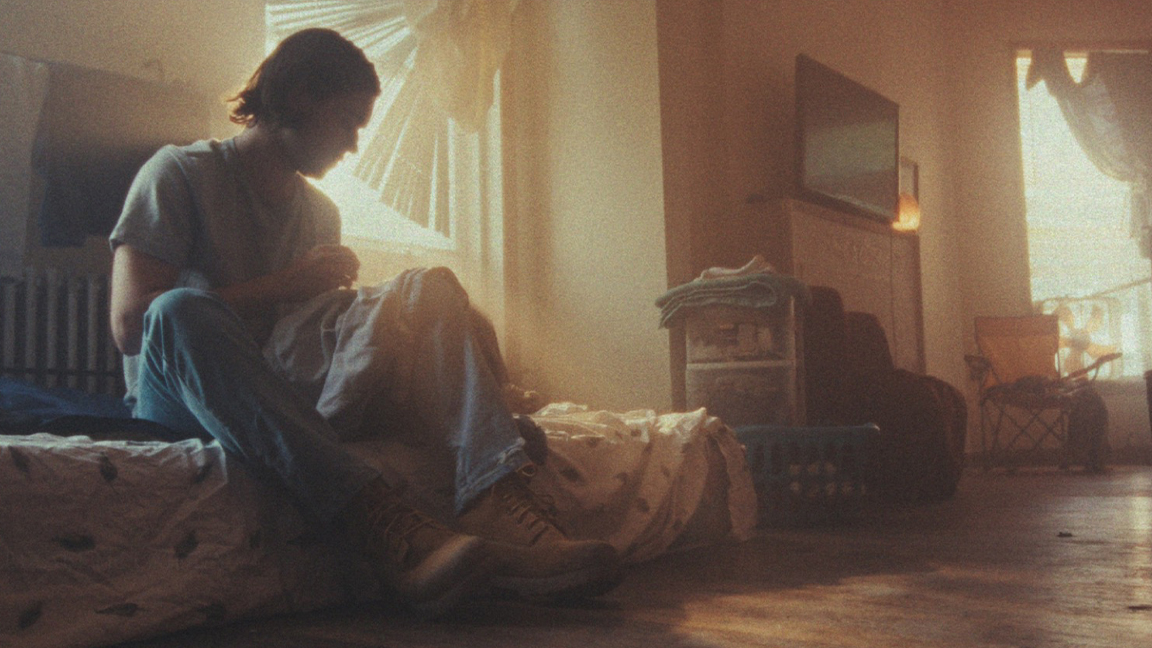
Enter Blackmagic Design. A company that has described itself as catering to the 'feature film, post and broadcast industries', and features in our best video editing software guide. While Blackmagic Design was barely even known when The Social Network came out, it has since taken the entire industry by storm. Like Avid, and unlike Adobe, here was a company that came from film and “gets” film production. It truly understands how production software needs to interface with production tools and cameras. It doesn’t hurt that it also happens to make some of the best cinema cameras and other tools in the business (read our Blackmagic Pocket Cinema Camera 6K review).
Over the last few years Blackmagic Design has jumped to the front with its all-in-one DaVinci Resolve Studio software. This one application, which was upgraded to version 19 earlier this year, provides seven separate tabs along the bottom of its interface. Each tab contains what is essentially an entire application with specialised tools. Its editing suite is found under the tab simply named “EDIT”. The “FUSION” tab offers a powerful nodes-based compositing toolset. And its full digital audio toolset (DAW) is labeled “FAIRLIGHT”. It also has a tab simply labeled “COLOR”, which has been the industry’s top colour grading toolset for years. (A category of tools that Adobe no longer even offers since their callous purchase and killing off of the wonderful SpeedGrade application years ago. Yes, the writing was on the wall, eh?)
While Creative Cloud apps have what Adobe calls their 'Dynamic Link' technology that shuttles clips between programs, DaVinci keeps it all under one umbrella. The most obvious advantage being that switching from one tab to another is both faster and more reliable than needing to move your project files between different applications. It also means that there is just less to keep track of, less to update, and less to go wrong.
Get the Creative Bloq Newsletter
Daily design news, reviews, how-tos and more, as picked by the editors.
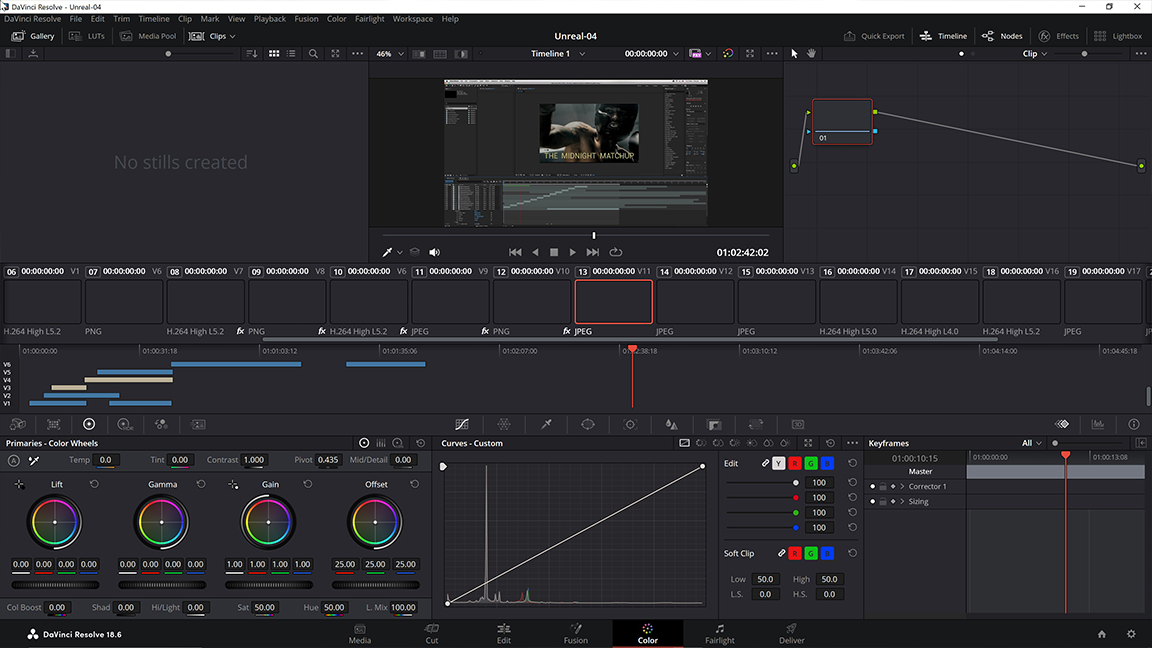
Curse of the Sin Eater’s editor was Valerian Zamel. “My first objective was to set up a feature editing workflow as fast as possible, without an assistant, and in that sense, DaVinci Resolve and its many features became my assistant for that process. I was able to quickly organise the dailies into scene timelines, set up my bins, sequence settings, auto sync audio, and name all our dailies with scenes and take numbers, and really hit the ground running with editing.” says Zamel.
This was Zamel’s first time editing a project with DaVinci Resolve, and yet was able to start cutting the film even before principal photography had wrapped. DaVinci Resolve’s collaboration features are what really helped. "Justin and I had to work simultaneously, with me editing in Los Angeles and him testing looks and early concepts for VFX in Chicago. DaVinci Resolve and Blackmagic Cloud made that seamless,” says Zamel.
It’s not that film teams didn’t work remotely before, but there’s little question that the COVID years required enhanced capabilities that are proving to be very valuable today. For example, the same DaVinci Resolve file can be worked on by an editor in one location, an effects artist in another, and the audio treatments by a third person on the other side of the globe. But hey, having the whole team work on the same file at the same time is awesome, even if that team were all in the same office.
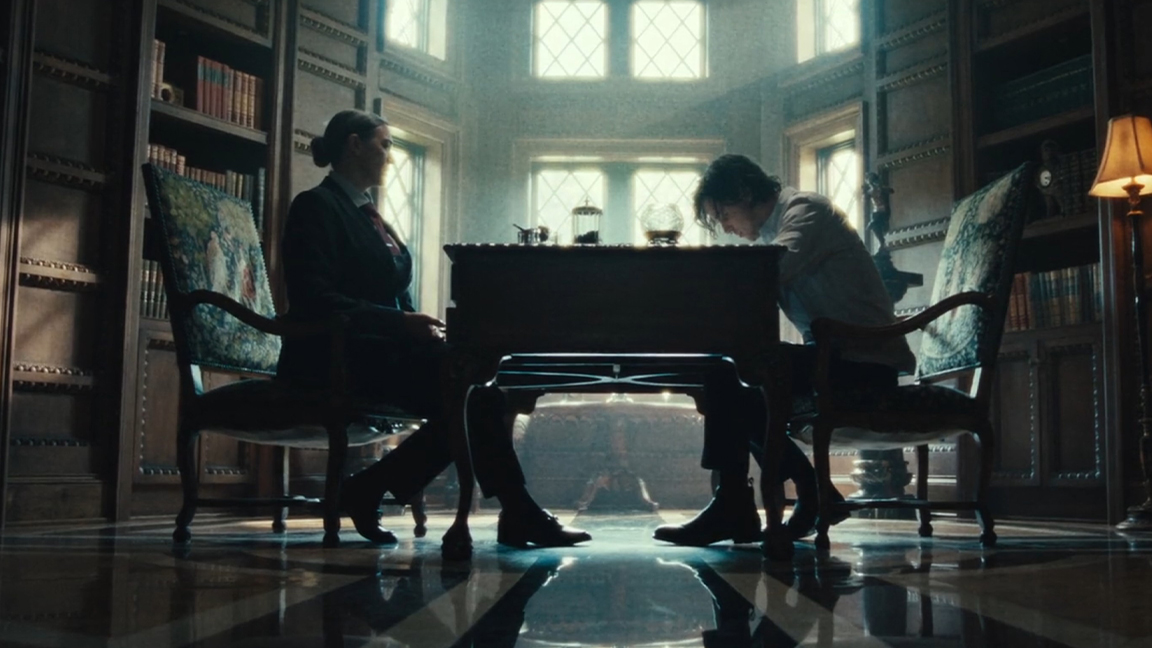
Blackmagic offers their broad range of cloud services, known as the Blackmagic Cloud for just this type of workflow. And by contrast to similar systems we’ve seen in the past with a whole lot of restrictions, Blackmagic Cloud offers an almost dizzying range of options.
For example, all file changes and updates are controlled and if needed can be rejected. Multiple people can work on the same timeline. When changes are made, you can see and accept them in the viewer, changes are only applied when you accept updates.
This system also offers a level of openness and inclusiveness that Blackmagic, as a company, has really become known for; such as affordable cinema cameras and freeware versions of its software. In that same vein, collaboration of post-production content can be shared through its Cloud, but you can also use Dropbox or even Google Drives as well.
Other features include proxy generation, being able to sync a live cam to the Cloud, and more. This will soon include a “Presentations” module that will allow sharing edits and being able to get feedback comments within the system. Obviously invaluable for all stakeholders and client reviews. Along with the system’s built-in and secure chat functions, this becomes an entire ecosystem.
Achieving a lush visual style on a budget
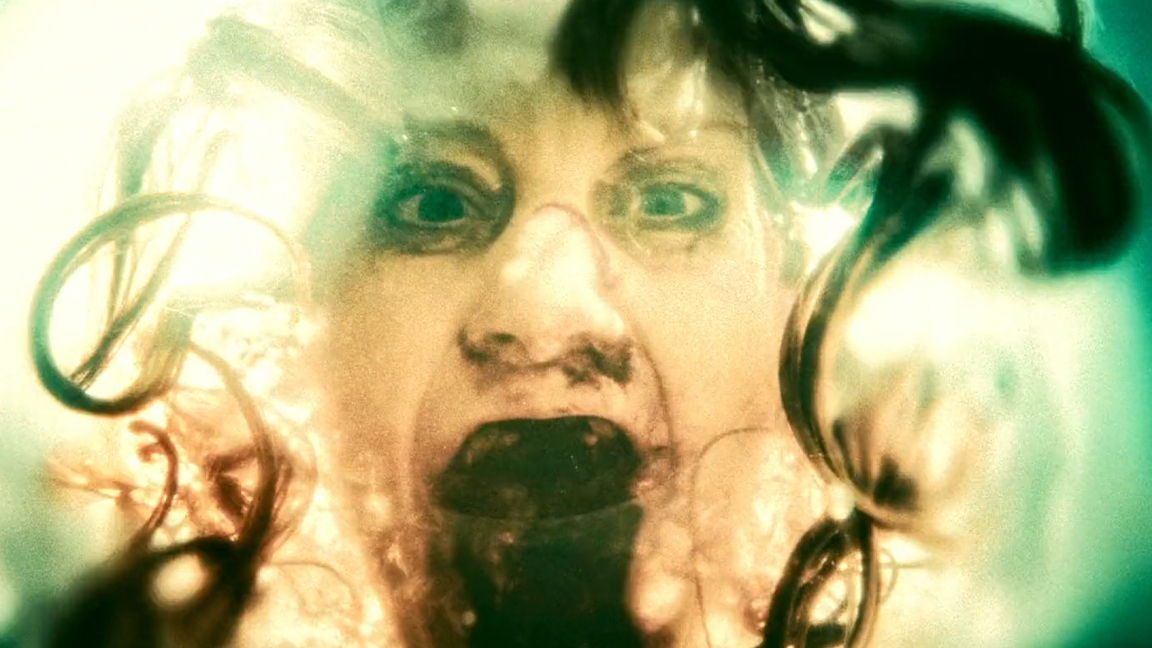
Director Justin Denton shared with me that his film’s pre-production lasted just five weeks. Not a long time for any movie project, but particularly short for a movie that was striving for, and nailed, very lush and stylised imagery. “This started with storyboards drawn in Procreate on an iPad” and then exported as JPEGs that were used in Resolve to create the animatics.
“Post lasted about nine months. We weren't on a strict schedule which allowed us to work with the awesome team at Periscope Post & Audio. This also let us do two test screenings to massage the edit.” He added, “Not bad for a $1M indie film.”
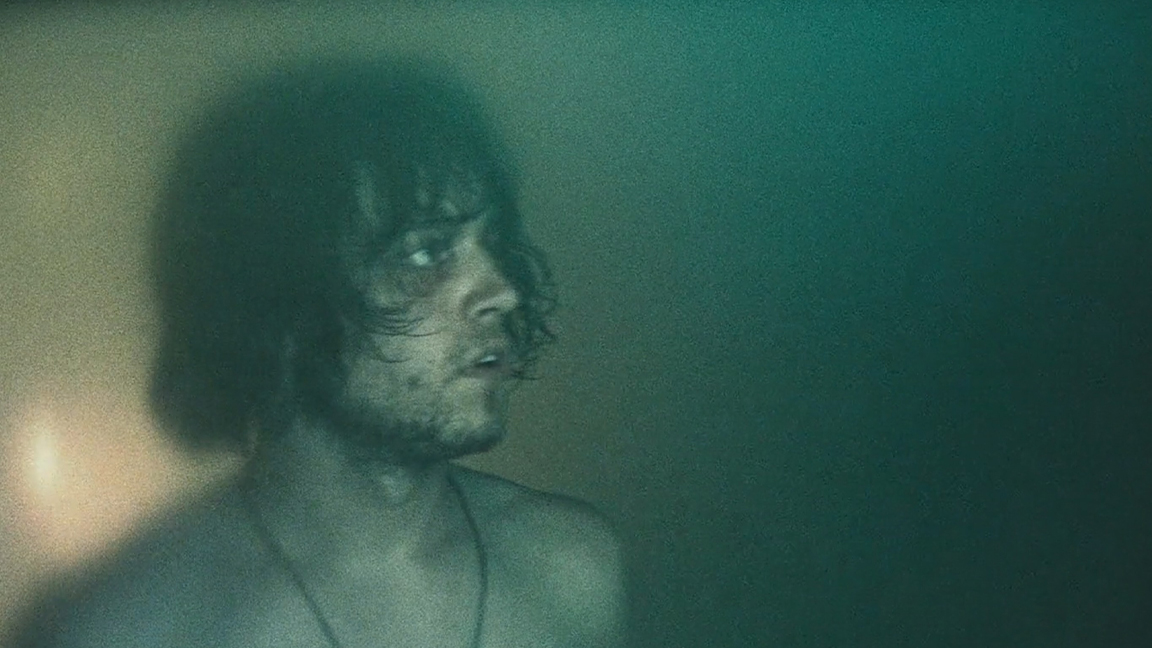
While Adobe’s touting of its use in The Social Network was showing how its tools could “punch up”, I find it interesting how Blackmagic Design, which is a mainstay on many blockbusters, is choosing to tout its use in an indie production. Clearly to show how its tools can be used on any budget.
Again, I can’t think of any other company that has worked so hard to make high-end tools available to everyone. This is underscored by their free version of DaVinci Resolve (which does 95% of the paid version), the low price of their paid “Studio” version (just $295), and the fact that they have never even charged for years of upgrades. All have been free.
And while some editing packages only run on Mac (looking at you FCP), and others only on Mac or Windows, DaVinci runs on Mac, Windows and Linux. Not only does this once again reflect Blackmagic's egalitarian outlook on content creation, it also reflects the fact that many high-end studios over the years have preferred the Linux platform. Making it ideal for both the indie, and the blockbuster.
Inspired, then visit the DaVinci Resolve website to download a free version, and if you're keen, read our guide to the best laptops for video editing.

Thank you for reading 5 articles this month* Join now for unlimited access
Enjoy your first month for just £1 / $1 / €1
*Read 5 free articles per month without a subscription

Join now for unlimited access
Try first month for just £1 / $1 / €1

Lance Evans is creative director of Graphlink Media, a boutique creative marketing agency that specialises in building brands and has worked with such high-profile clients as Olive Garden, Miller Beer and AMEX. Lance was an early adopter of digital tools, and was on the original beta team for Photoshop. Lance has written for Creative Bloq on a wide range of topics, from technical photography tips to the ins and outs of branding.
